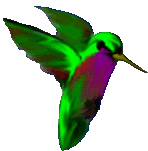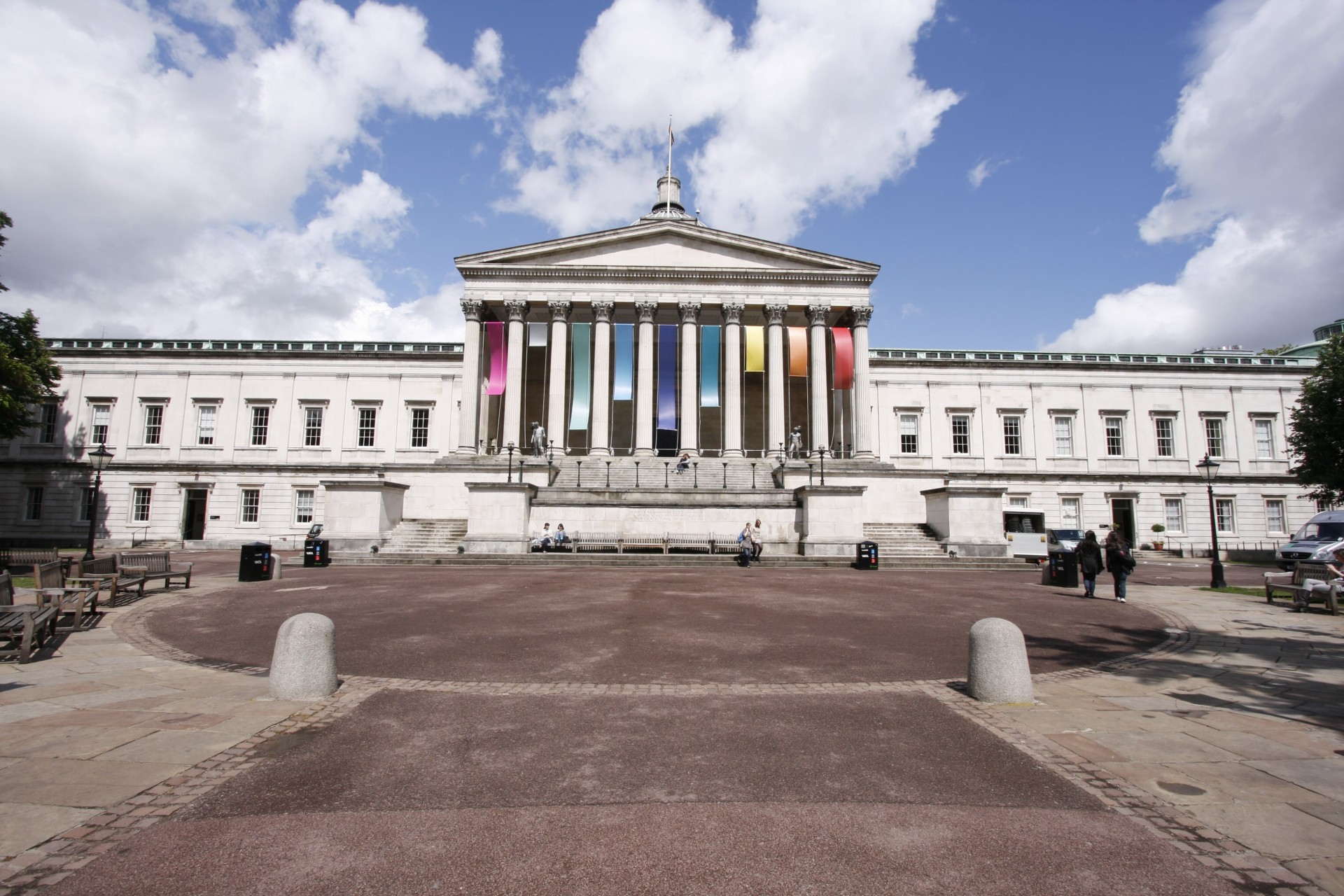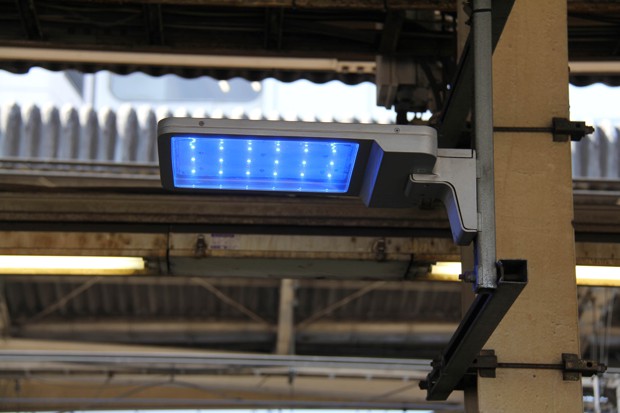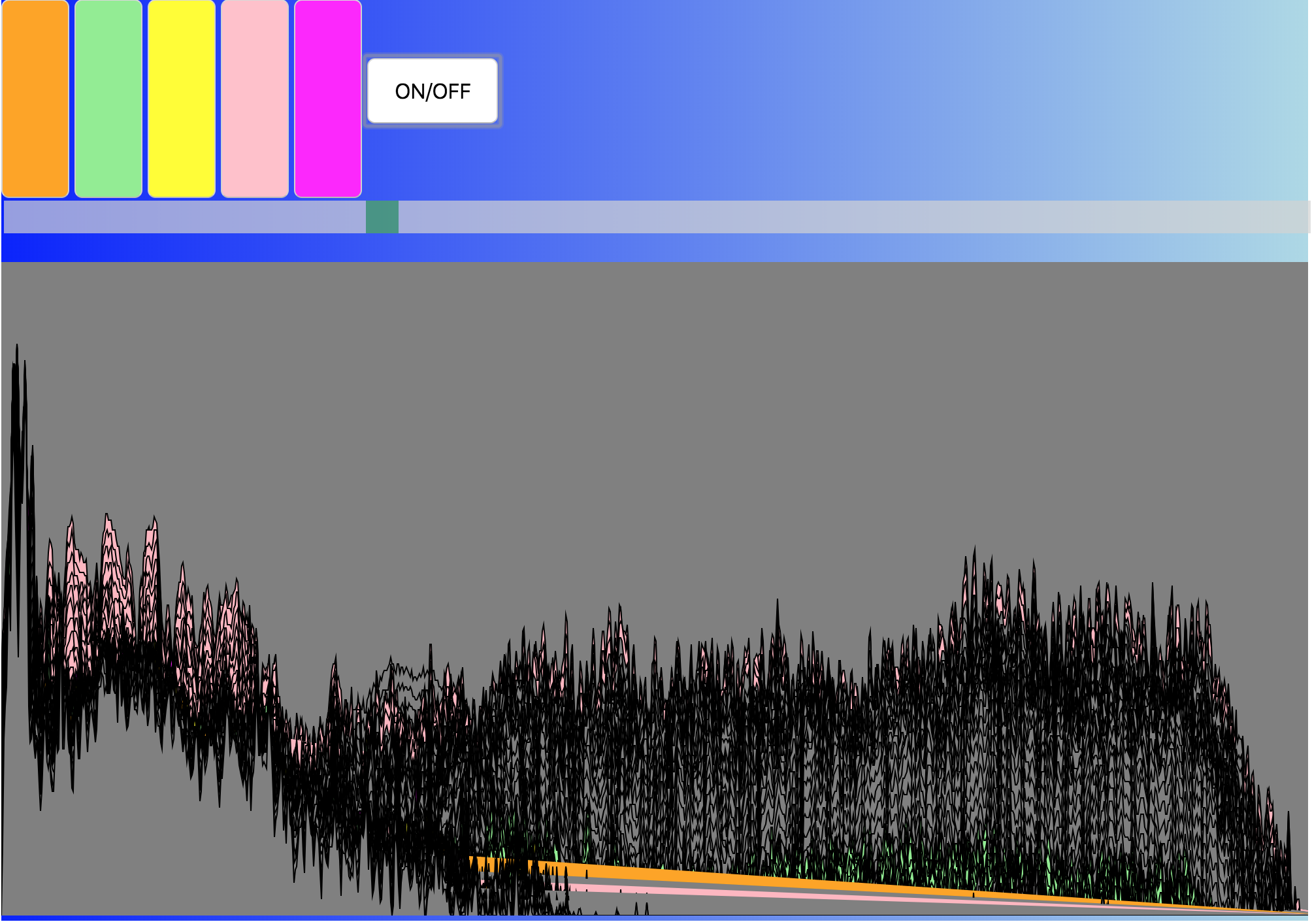REFLECTION
While finalizing this project my goal was to iterate on it and not just create a glorified first draft.
With this goal in mind along the way I really valued and needed all the input and reactions I could find from experts and non-experts alike. I tried to combine it all as best I could to transform the project into something more evolved from the first and second drafts.
That being said, I think it’s still not 100% done, especially now that I look back on it a few days later.
I would be open to iterating the project further, especially if I were to actually disseminate it out into the greater world somehow or give them as gifts to friends and family (seeds and all) which I think I might like to do. For one, I would make the calendar part take up half the page or as much as the image/text so that is more usable, and I am open to any other suggestions or feedback on how it could improve.
I also was inspired in working on this by how reaching out to specialists could bring more meaning to my projects.
Continued:
After I made this I went up to Storm King sculpture park to see their exhibition “Indicators: Artists on Climate Change” which was very moving, and I felt even further inspired by how one could make impactful art about climate change. People sometimes joke about how making art about real-life political issues doesn’t do anything, I honestly don’t believe that. I believe anything that moves people on a level beyond logic is valuable, especially if logic is also still in the mix there somewhere or meaning. For example, Maya Lin’s piece “The Secret Life of Grasses” showing how far plant root systems can go down and suck up carbon was educational. In particular the project “Dear Climate” by the artist collective General Assembly was conveying some of the sentiments I was trying to get at with my calendar but on a broader scale where they were addressing climate change and human impact on the environment and not just the use of renewable energy. (Update 10/25: Marina, I just realized you are also behind this!!! I had a feeling!!! Did you tell us about this already? It makes sense and now I am embarrassed)
I found myself also looking up other projects in this vein afterwards, and ending up finding this project by Dorinth Doherty on the Svalbard seed bank in Norway. The connections are endless, and I think artists working with scientists is an a goldmine for finding more and more connections.














































